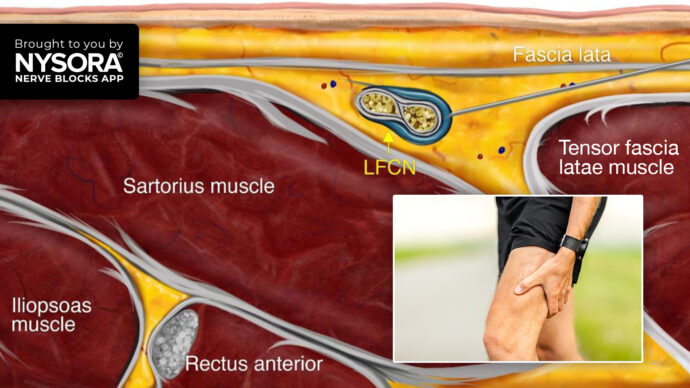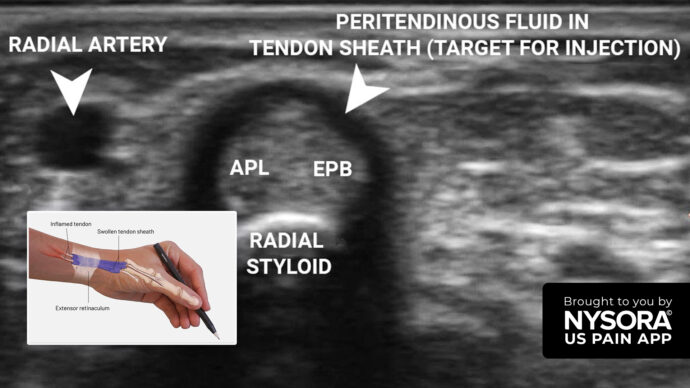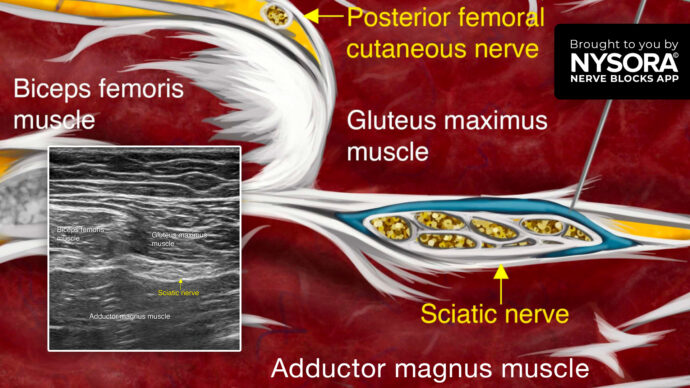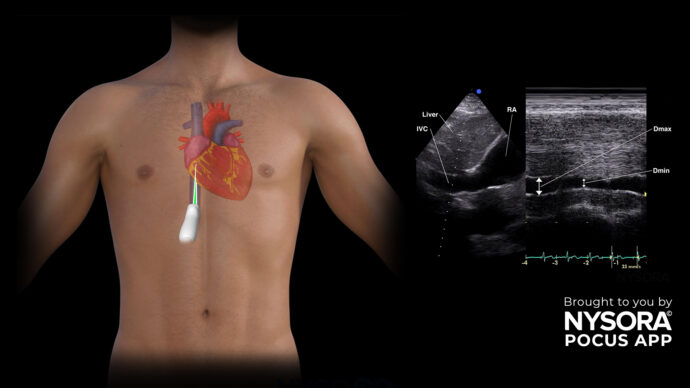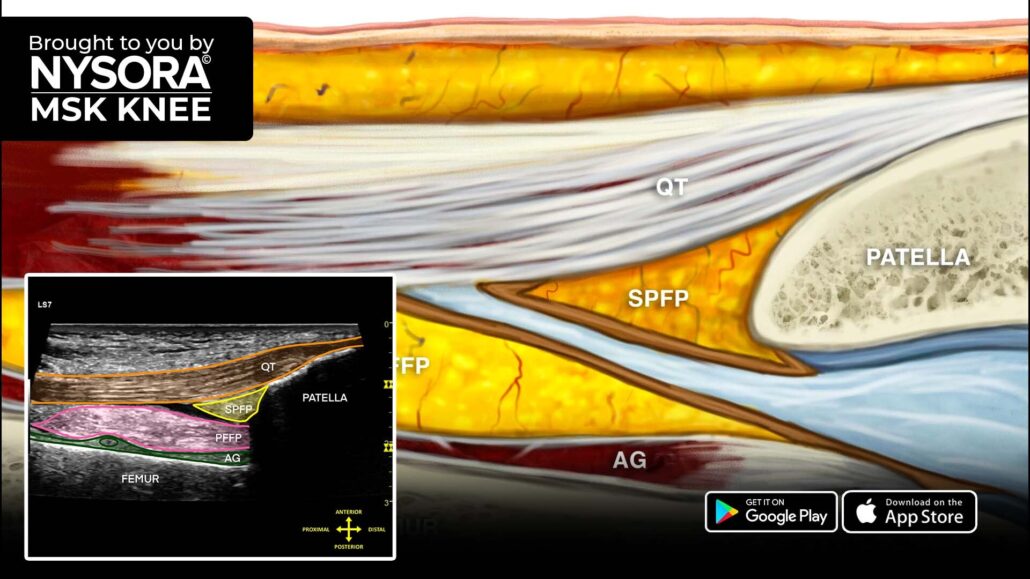
Tips for scanning the quadriceps tendon in a longitudinal orientation
March 31, 2023
The quadriceps tendon connects the quadriceps muscle to the top of the patella and works with the quadriceps muscle to extend the leg. Injuries are common to this tendon, with tears, either partial or complete, being the most common.
Check out the 3 tips we share with trainees to scan the quadriceps tendon (longitudinal scan)
- Place the patient in a supine position with the knee semi-extended (use a towel or cushion underneath the joint).
- Position the transducer longitudinal, bridging the superior border of the patella and femur.
- Identify the entire length of the quadriceps tendon, the patella, the suprapatellar fat pad, prefemoral fat pad, and articularis genus muscle.
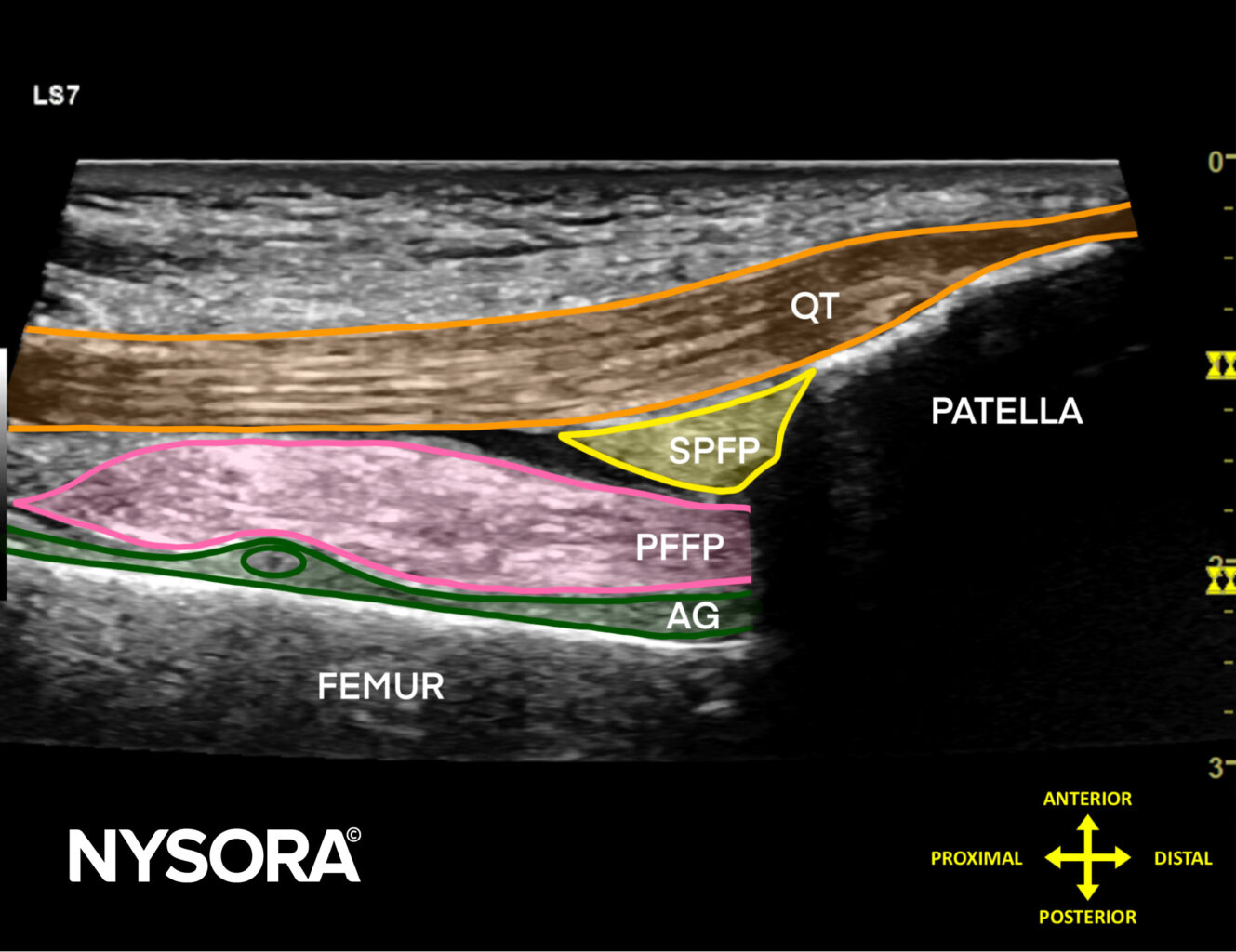
Sonoanatomy
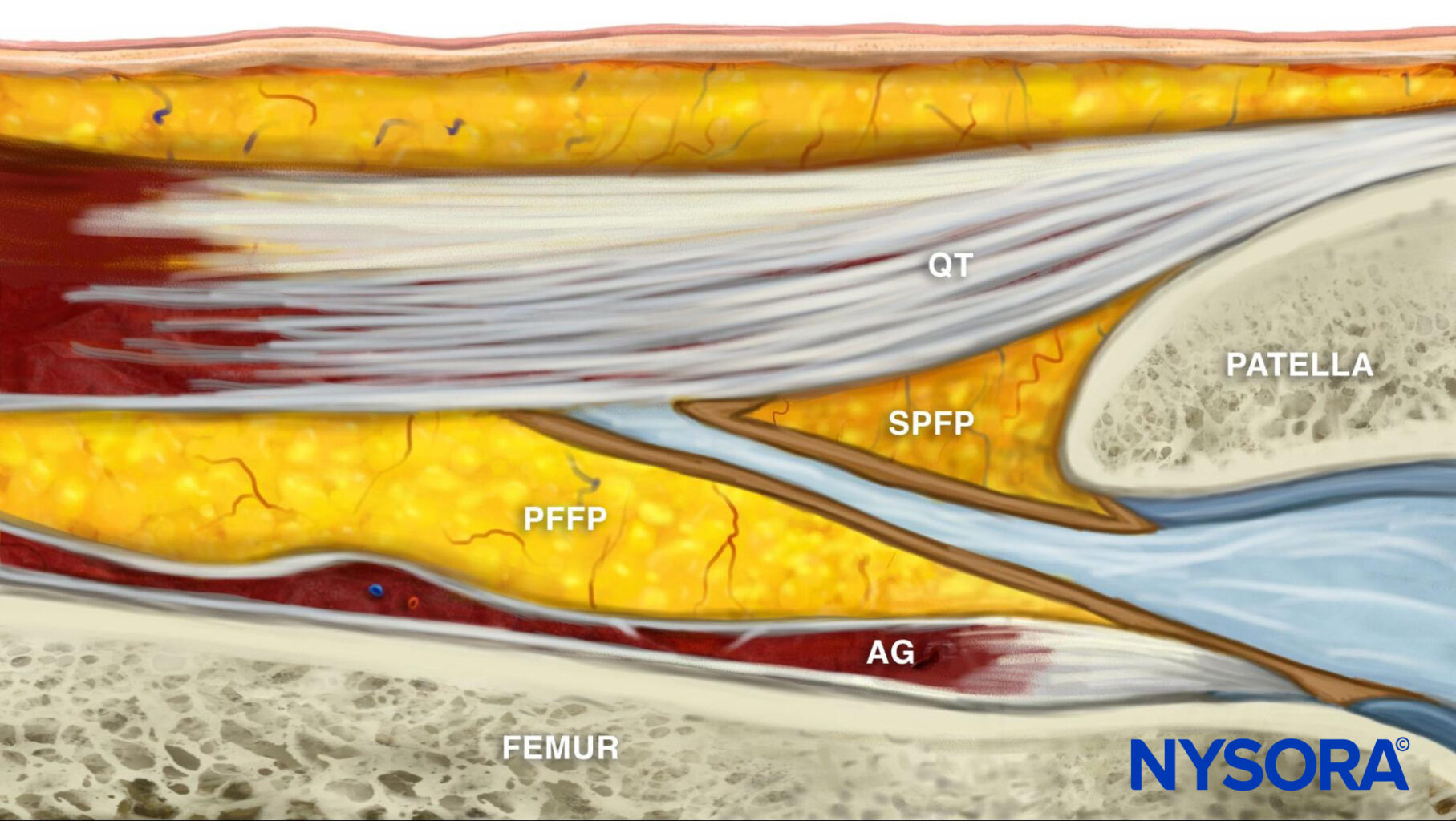
Reverse Ultrasound Anatomy
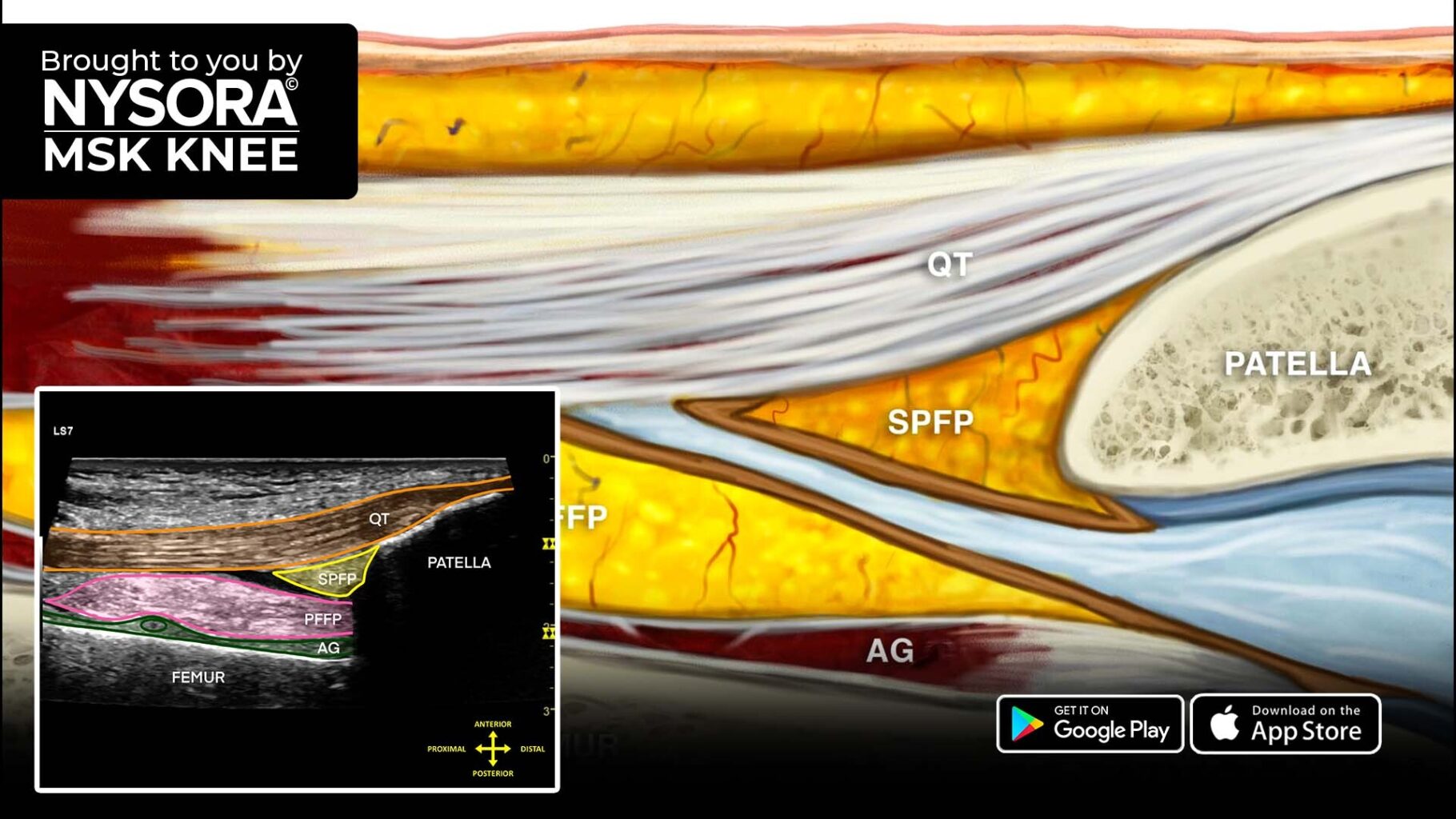
Comparison of sonoanatomy and reverse ultrasound anatomy of the quadriceps tendon (longitudinal scan).
Download the MSK App for more tips and the most practical and applicable techniques in musculoskeletal ultrasound anatomy and regenerative therapy of the knee.
